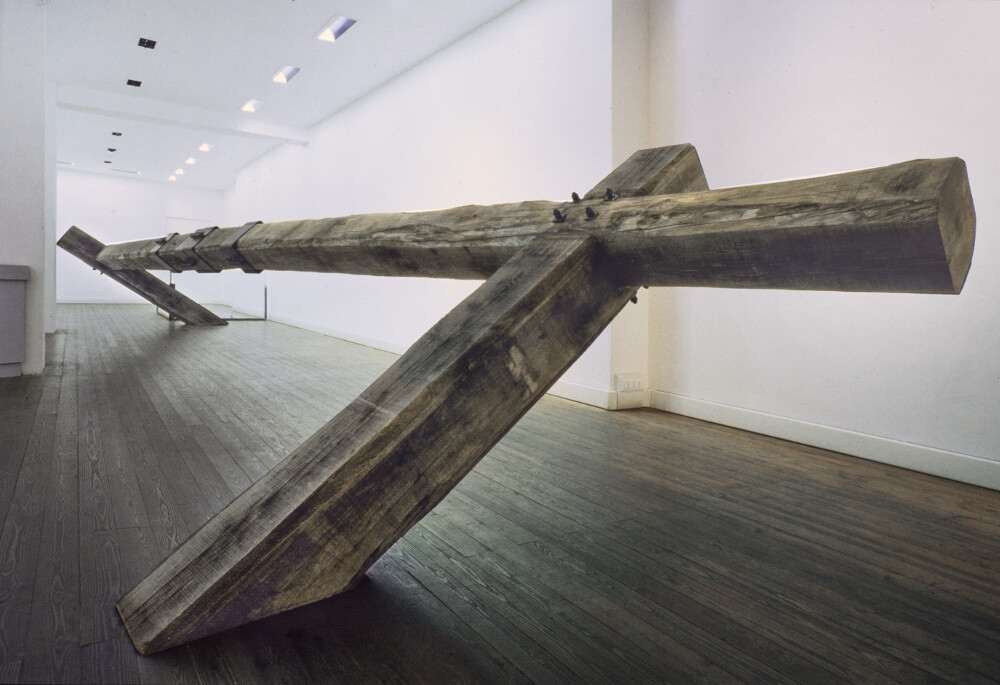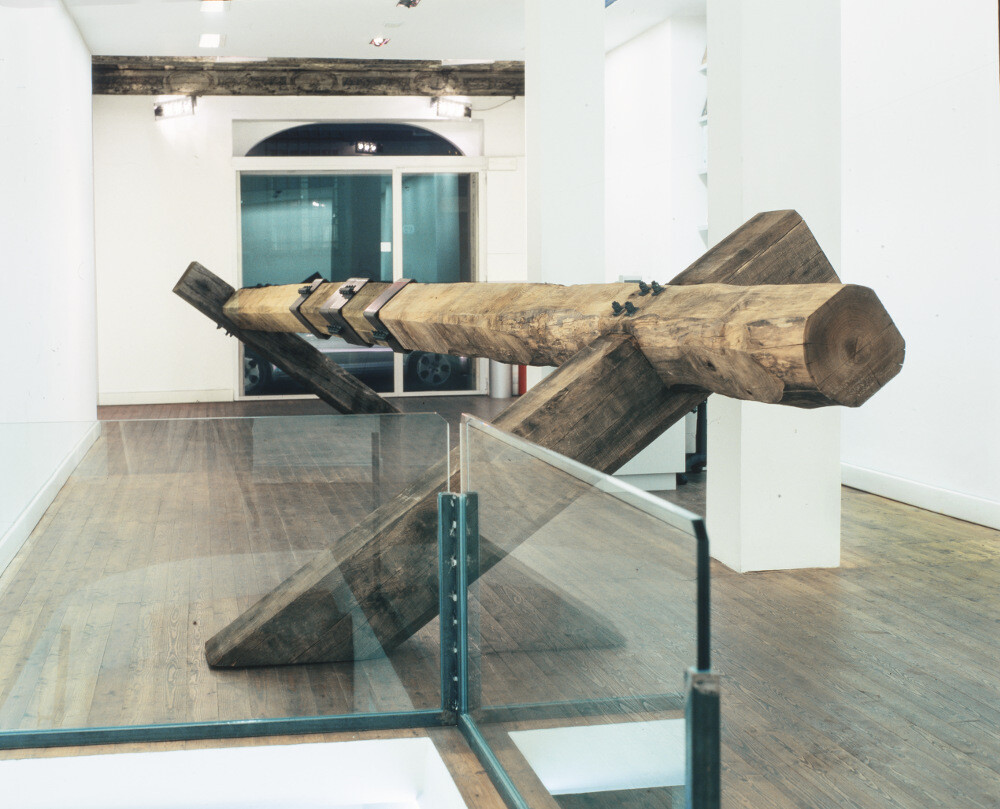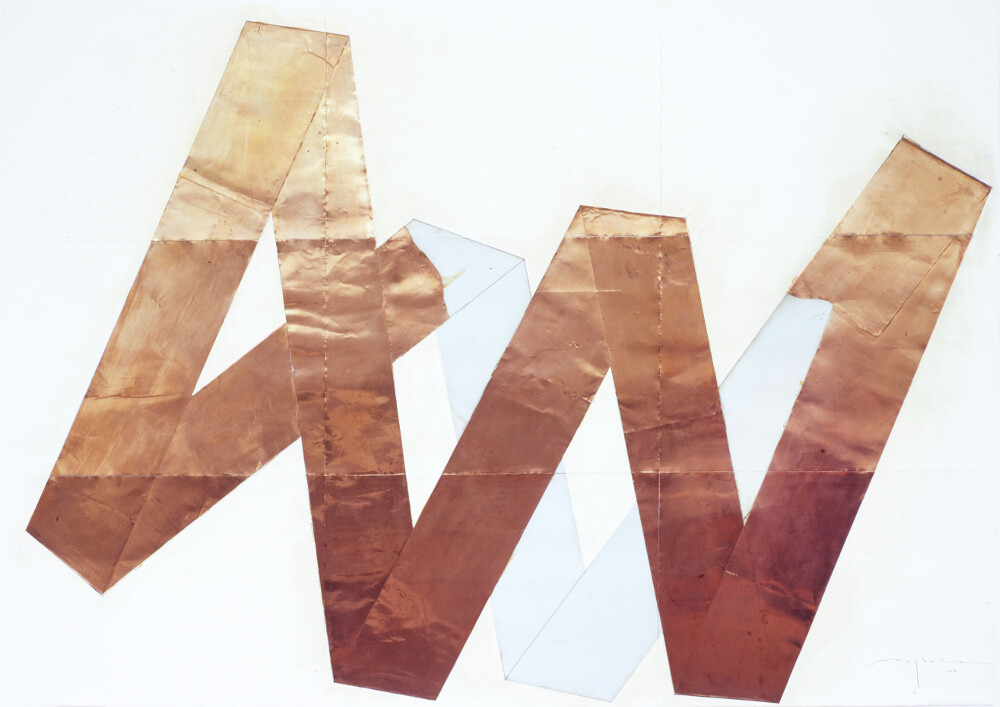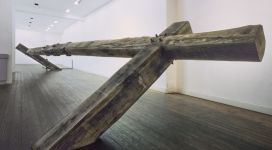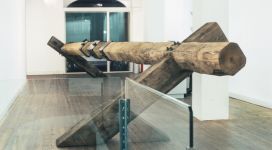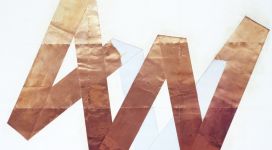| HIDETOSHI NAGASAWA | Biography | |
| Interferenza | Catalog | |
| curated by LAURA VECERE | ||
| 8 october – 31 december 2005 |
Galleria Il Ponte opened its autumn exhibition season with a show dedicated to the artist Hidetoshi Nagasawa, Japanese by origin, Western by adoption.
Since the Sixties, Nagasawa has used a characteristic modus operandi: he chooses to create his works in situ, creating them ‘in’ and ‘for’ that particular location, in a tightly knit dialogue between the sculpture its surroundings, between the work of art and the space around it. For the upper part of the gallery, he created a site-specific sculpture entitled Interference. It was composed of a squared-off chestnut wood beam 11 m long and 30 cm thick, made of two elements which are cleverly locked together in the middle. The beam was supported at each end by other, shorter beams, which lean in opposite directions to each other. These supported the long beam about a metre from the floor, in a magic equilibrium of opposing forces which seemed to render this enormous suspended element weightless.
“[…] Having overcome the barrier of opposition between weighty body and lack of gravity, Nagasawa reveals a network of connections, the passageway, the fulcrum of the lever which each time allows it to rise, elegantly transcending the limit, impediment, stagnation, and to identify the place where the material is totally transformed. Thus emerges an aspect that could be defined ‘contemplative’ which a work of art implies each time that it leans towards the ‘obstacle’. In this way sculpture reflects an inner discipline: the way to dissolve weight is not to be found in the air, but is performed within the material itself.” (Taken from Corpo grave, text in the catalogue by Laura Vecere).
The exhibition continued in the lower room with a series of refined works on paper, one of the artist’s favourite means of expression, often used by him as an actual medium for sculpture. Strips of paper criss-cross with strips of copper, intersecting in relational games between fullness and emptiness, light and shade. Sometimes there is a splash of colour, which, from the natural acid of the copper, spreads over the paper in variations of blue-green. This compact nucleus of works, dated 2004-2005, is produced on paper in a 100×70 cm format, with one larger sized piece, 210×300 cm, composed of nine modules.
